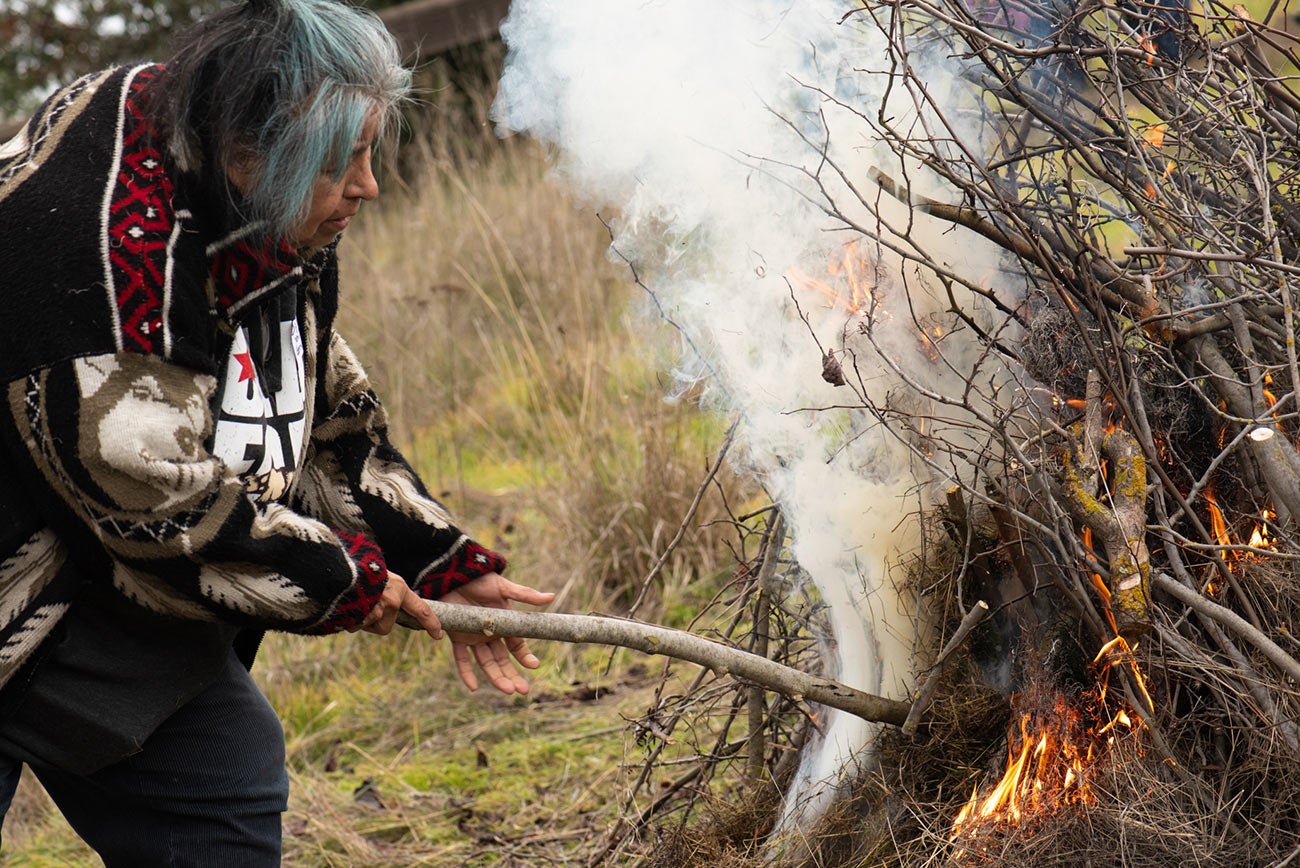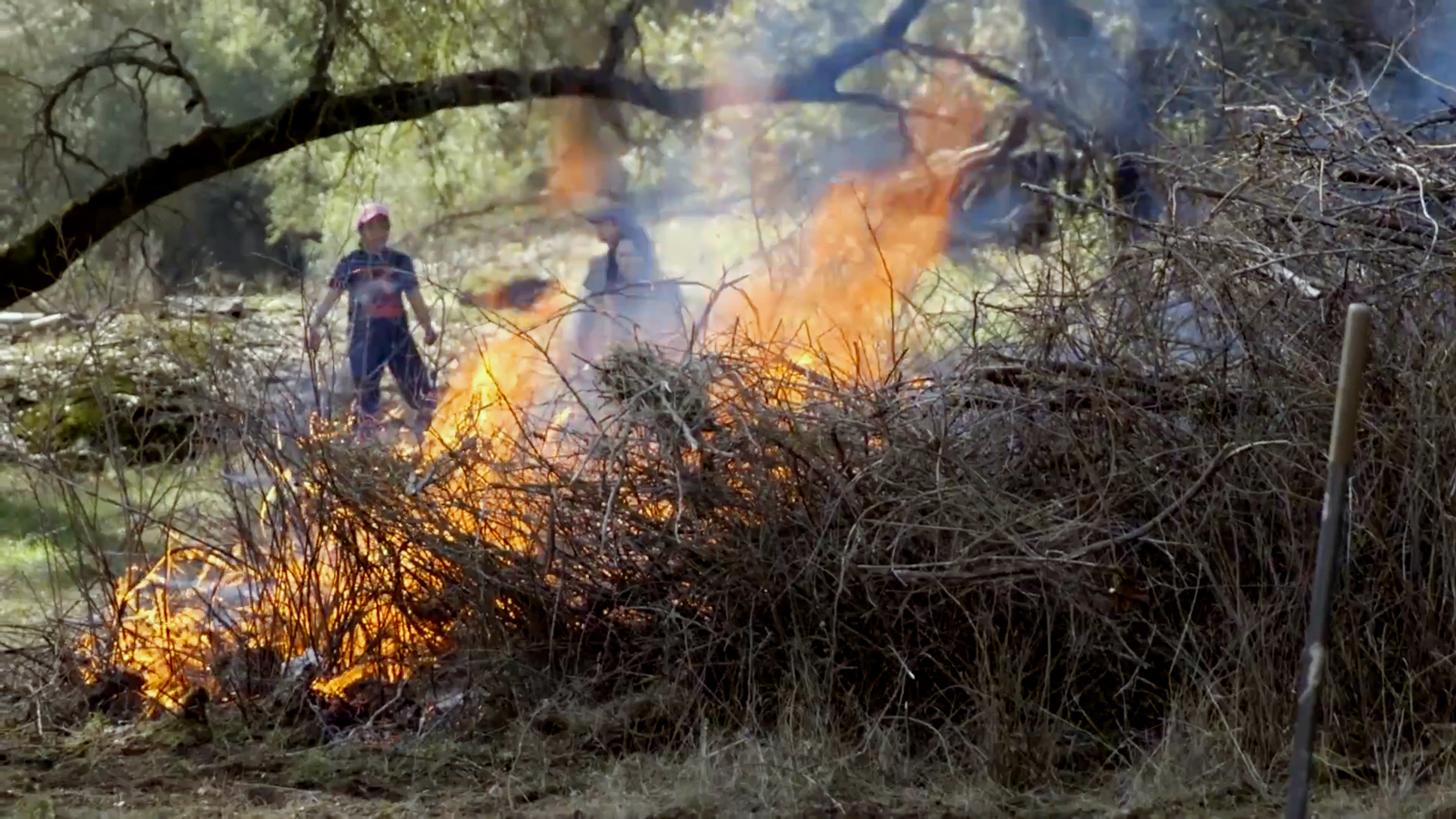
Rekindling the Flames: Native American Tribal Fire Management and the Promise of Cultural Burning
The western United States, and indeed many parts of the globe, face an increasingly dire future defined by unprecedented wildfires. Vast tracts of forest and wildlands burn annually, destroying homes, ecosystems, and livelihoods, while choking skies with smoke. The conventional approach of aggressive fire suppression, once heralded as the only solution, is now widely recognized as a significant contributor to the very problem it sought to solve. By removing fire from fire-adapted landscapes for over a century, a dangerous accumulation of fuels has created conditions ripe for megafires. Yet, amidst this crisis, an ancient wisdom offers a potent path forward: Native American tribal fire management, rooted in the practice of cultural burning and a profound ethos of forest stewardship.
For millennia before European colonization, Indigenous peoples across North America actively shaped their environments through systematic, low-intensity burning. This wasn’t indiscriminate arson; it was a sophisticated, knowledge-based practice, an integral part of their relationship with the land. These "cultural burns" were meticulously planned, executed at specific times of the year, under precise weather conditions, and with clear ecological and cultural objectives. They were, in essence, a form of active land management that fostered biodiversity, promoted healthy forests, and enhanced resource availability.
The arrival of European settlers and the subsequent establishment of federal land management agencies led to the systematic suppression of these traditional practices. Colonial policies, driven by a misunderstanding of fire ecology and a desire to control Indigenous populations and their lands, criminalized cultural burning. "Smokey Bear" became the pervasive symbol of a singular, fear-driven message: "Only YOU can prevent forest fires," effectively demonizing a natural and necessary ecological process. This era of fire exclusion fundamentally altered ecosystems, transforming diverse, open woodlands into dense, overgrown stands choked with ladder fuels – small trees and brush that allow ground fires to climb into the canopy, turning them into uncontrollable infernos.
The Ecological Wisdom of Good Fire
Cultural burning is fundamentally different from the catastrophic wildfires we now experience. Indigenous practitioners aim for "cool fires" – low-intensity ground fires that creep slowly, consume undergrowth, fallen leaves, and small branches, but leave mature trees largely unharmed. This contrasts sharply with "hot fires" or crown fires, which incinerate everything in their path, sterilize soil, and destroy the seedbank.

The ecological benefits of cultural burning are extensive and well-documented by both traditional ecological knowledge (TEK) and modern science:
- Fuel Reduction: The most immediate benefit is the removal of accumulated dead vegetation and small, ignitable plants that serve as ladder fuels. This significantly reduces the intensity and spread of future wildfires.
- Ecosystem Health and Resilience: Regular, low-intensity fires promote the growth of fire-resistant species, clear out invasive plants, and create a mosaic of habitats that support a wider array of wildlife. Many native plants, like oak trees, actually thrive after cool burns, producing more acorns for wildlife and human consumption.
- Nutrient Cycling: Fire returns vital nutrients from dead organic matter back into the soil, acting as a natural fertilizer.
- Water Quality and Availability: Healthy, open forests with less dense undergrowth can absorb and retain water more effectively, reducing runoff and improving stream health.
- Pest and Disease Control: Fire can help manage insect outbreaks and plant diseases by removing infected material and strengthening the overall health of the forest.
- Biodiversity Enhancement: By creating varied forest structures and opening up the understory, cultural burns encourage the growth of specific plants (e.g., basketry materials, medicinal herbs, berries) and provide better forage and habitat for animals.

As Margo Robbins, a Yurok tribal member and director of the Cultural Fire Management Council, eloquently puts it, "Fire is not the enemy. It’s a tool. It’s a good tool that has been used by Indigenous people for thousands of years to manage the land. We’re just trying to bring that back." This sentiment underscores the deep-seated understanding that fire is not merely a destructive force but a vital, even sacred, element of the landscape’s health.
Beyond Ecology: Cultural and Spiritual Stewardship
For Native American tribes, fire management is not just an ecological technique; it is an intrinsic part of their cultural identity, spiritual practice, and connection to place. The knowledge of when, where, and how to burn is intergenerational, passed down through stories, ceremonies, and direct instruction. This traditional ecological knowledge (TEK) encompasses not just the mechanics of burning, but a holistic understanding of the land, its seasons, its plants, and its animals.
Cultural burns often coincide with traditional ceremonies, marking seasonal transitions and reinforcing the human-land relationship. They facilitate the growth of culturally significant plants used for food, medicine, and basket weaving. By tending the land with fire, tribes maintain their food sovereignty, ensuring access to traditional foods like acorns, berries, and game. It is a reciprocal relationship: the land provides for the people, and the people care for the land.
"Our ancestors lived with fire, and they thrived. They knew how to read the land, how to listen to it," says Ron W. Goode, Tribal Chairman of the North Fork Mono Rancheria. "This isn’t just about reducing fuels; it’s about healing the land, and in doing so, healing ourselves." The act of cultural burning is a reclamation of sovereignty, a restoration of balance, and a reaffirmation of identity for many tribes.
The Resurgence and Modern Challenges
In recent decades, there has been a significant resurgence of interest and practice in cultural burning. Tribal nations, often in partnership with federal and state agencies, are leading efforts to reintroduce "good fire" to their ancestral lands. Organizations like the Cultural Fire Management Council in California, the Karuk Tribe, and the Yurok Tribe are at the forefront, demonstrating the efficacy of their methods and advocating for policy changes.
However, the path to widespread implementation is fraught with challenges:
- Bureaucratic Hurdles: Decades of fire suppression policies have created complex regulatory frameworks, permit requirements, and liability concerns that often hinder cultural burning efforts. Navigating these systems can be daunting and time-consuming.
- Funding and Resources: While interest is growing, sustained funding for tribal fire programs, training, and equipment remains a critical need.
- Public Perception: The "Smokey Bear" mentality still persists in many communities, leading to public apprehension and resistance to prescribed fire, even when it is beneficial. Education and outreach are vital.
- Capacity and Training: There’s a need to train more Indigenous practitioners and non-Indigenous partners in the nuances of cultural burning, bridging the gap between traditional knowledge and modern fire science.
- Climate Change: While cultural burning is a solution, the increasing severity and unpredictability of weather patterns due to climate change can make planning and executing burns more challenging and risky.
Despite these obstacles, the tide is turning. Federal agencies like the U.S. Forest Service and Bureau of Indian Affairs are increasingly recognizing the value of TEK and collaborating with tribes. Initiatives are underway to streamline permitting, provide training, and integrate cultural burning into broader land management strategies. The National Cohesive Wildland Fire Management Strategy, for instance, emphasizes the importance of restoring and maintaining fire-adapted ecosystems, aligning well with tribal practices.
A Path Towards a More Resilient Future
The crisis of catastrophic wildfires demands a fundamental shift in our relationship with fire. Native American tribal fire management offers not just a technical solution, but a holistic paradigm – one that sees humans as an integral part of the ecosystem, with a responsibility to actively steward the land. It is a testament to the enduring power of traditional ecological knowledge and a powerful reminder that the solutions to some of our most pressing environmental challenges may lie in listening to those who have lived in harmony with these landscapes for generations.
As we grapple with a changing climate and increasingly intense fire seasons, the wisdom embedded in cultural burning provides a vital blueprint for building more resilient landscapes and communities. By supporting and empowering Native American tribes to rekindle their ancestral flames, we not only honor their heritage but also invest in a more sustainable and fire-adapted future for all. It is time to learn from the original fire managers, to understand that not all fire is bad, and that "good fire" is essential for the health of our forests and our planet. The land is calling for fire, and Indigenous communities are showing us how to answer that call responsibly and respectfully.